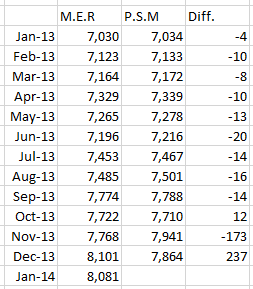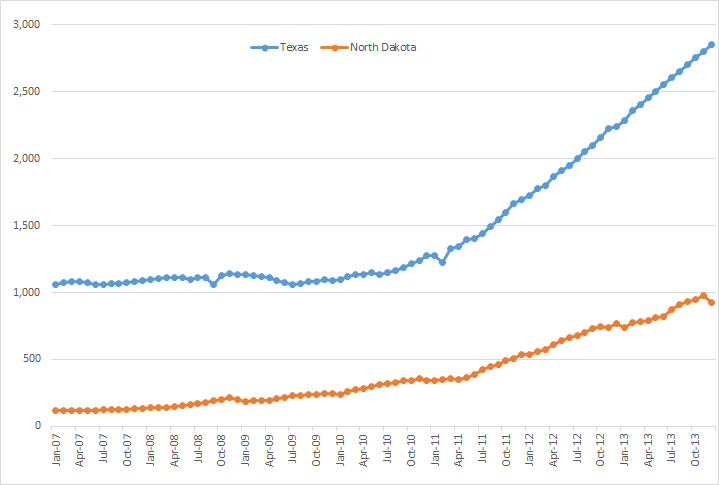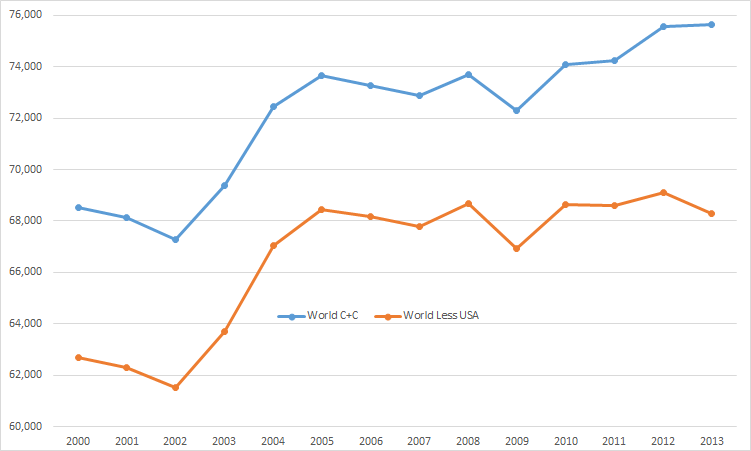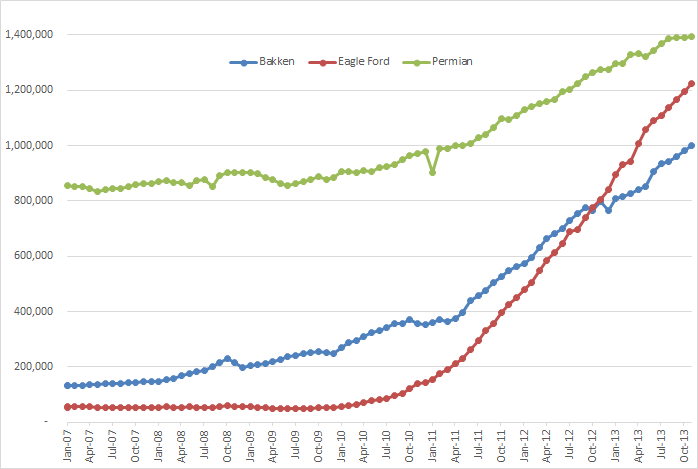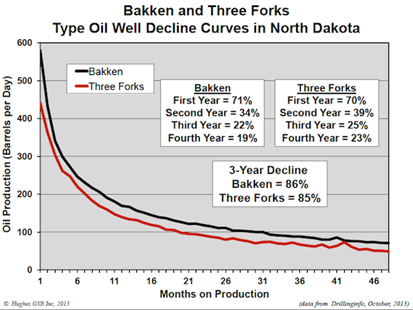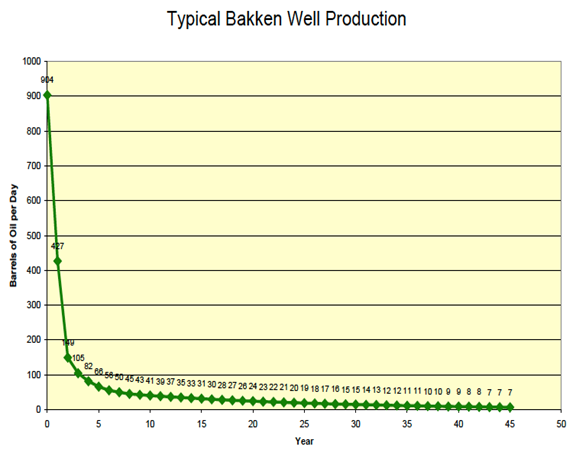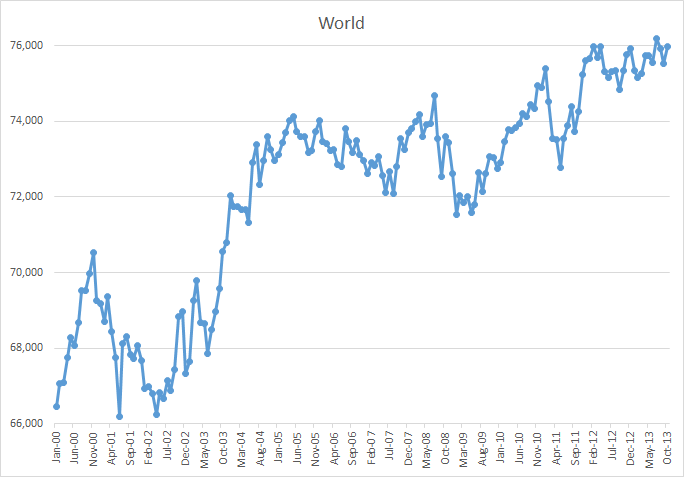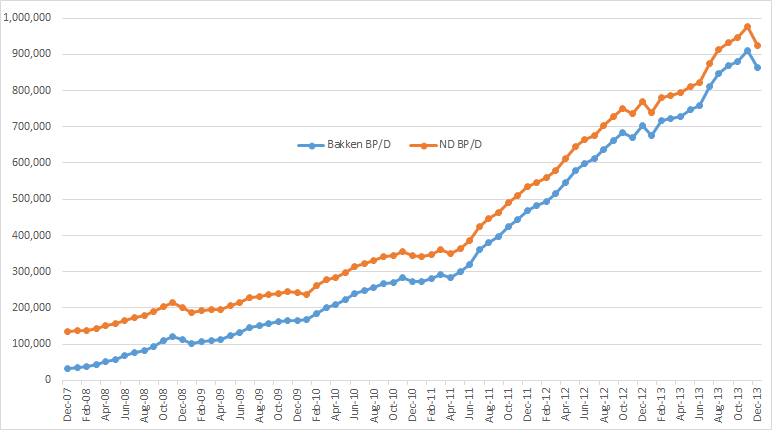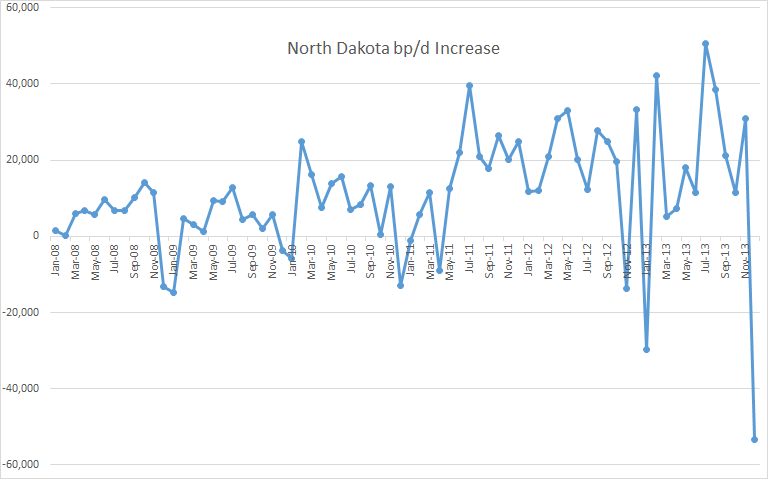The EIA releases two monthly petroleum data sets for US oil production. The Monthly Energy Review which gives the US production and consumption of all forms of energy, oil, natural gas, coal and electricity. The other, the Petroleum Supply Monthly deals only with petroleum but gives every possible statistic, production, refining, export and import from every state and district.
Concerning total US crude oil production the two should agree but they don’t. From December 2011 back they have the exact same production numbers but the near months differ greatly. I have found that the latter, the Petroleum Supply Monthly is the most accurate. The Monthly Energy Review usually changes their numbers to match the Petroleum Supply Monthly but both revise their numbers as more accurate numbers come in. They both are published the last week of the month but the M.E.R is always a month ahead with their data.
Here are their the numbers in KB/d and the difference between the two.
Notice that the former had US production up by 333 kb/d in December while the latter had US production down by 77 kb/d in December. But both will be revised to match what each state or pad reports later on.
There is no uniform reporting strategy among different states. They all appear to do it differently and on a different time frame. For instance the PSM, which is the only one of the two that reports state by state production number, reports the exact same numbers for North Dakota that we get from North Dakota. But they get their Texas data from the Texas Rail Road Commission. And the Texas RRC is very delinquent with their reporting. They just report the numbers as they come in from the field and every month they change as more numbers come in, sometimes taking many months until all the numbers are in. So the EIA just guesses at Texas production numbers.
Texas and North Dakota daily C+C production in KB/D. The last data point is December 2013.
Notice the last nine months are extremely linear. In fact each month, April through December, Texas monthly crude production increased by exactly 50,000 barrels per day.
Read More
